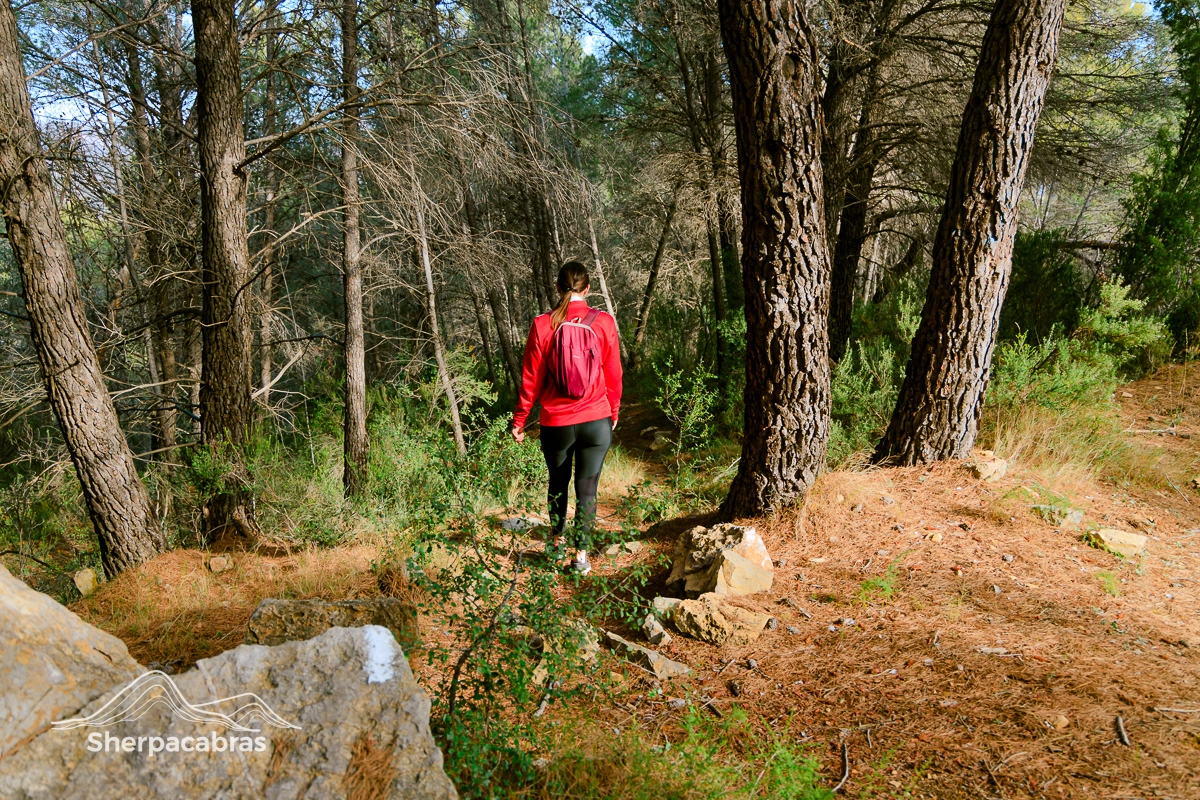How we classify a hiking trail

Setting out on a hiking adventure can be the catalyst for a variety of experiences. Hiking is more than just walking through the woods; it’s about connecting with nature, overcoming obstacles, and testing your limits. However, not all trails are created equal, and understanding their level of difficulty is crucial to ensuring a safe and enjoyable trip. Whether you’re a first-time hiker or an experienced trekker, understanding the trail rating system can help you choose the perfect trail for your skill level and preferences.
Before we look at the different classifications, let’s avoid some confusion by defining a few terms:
Gradient/Slope (Percentage): This is the ratio of vertical climb (elevation change) to horizontal distance traveled. It’s often expressed as a percentage. For example, a 10% grade means that for every 100 meters you travel horizontally, you gain 10 meters in elevation. We find this to be the easiest metric to understand (yes, we’re dummies).
Elevation Gain/Loss: Elevation gain is the total amount of vertical distance climbed during a hike or trek, while elevation loss is the total amount of vertical distance descended. These values give a clear picture of the total ascent and descent on a route.
How do you know which trail is right for you? Hiking difficulty ratings provide a standardized way to measure a trail’s challenges, including elevation changes, terrain conditions, and overall physical demands.
In this article, we won’t go into detail about the different rating methods, but we will show you the criteria we use in our reviews to determine the difficulty of a given hike. Let’s take a look at the different levels of difficulty to help you find your perfect hike.
If you’re new to hiking or simply looking to take a leisurely stroll out in nature, easy trails are the place to start. These trails are generally well-maintained, with gentle slopes and minimal elevation gains. They are perfect for families, casual hikers, or those looking for a relaxing day surrounded by nature’s beauty.
Trails we assign this classification to will typically have the following features:
As your confidence and stamina grow, moderate trails provide a nice middle ground. These paths offer a mix of both flat stretches and inclines, offering a moderate challenge that’s accessible to a wide range of hikers. We will commonly assign this classification to trails with these features:
At this level, it might be a good idea to look into purchasing some equipment that is more focused for hiking as you are likely to encounter some slightly technical situations along the way. It’s an excellent opportunity to test your equipment and push your boundaries without feeling overwhelmed.
For those seeking a more intense experience, challenging trails will present you with a great opportunity to test your abilities. These trails often feature steeper inclines, uneven terrain, and longer distances. As you ascend to higher elevations, the air might thin out, adding an extra layer of difficulty. Following, we’ve put down the features that will normally give a trail this classification:
Challenging trails demand physical fitness, endurance, and a readiness to tackle demanding climbs. The reward they offer, however, is substantial, such as breathtaking vistas and a massive sense of accomplishment.
Reserved for experienced hikers with top-notch fitness levels, difficult trails are the ultimate test of skill and endurance. These paths can involve treacherous terrain, vertical obstacles, significant elevation changes, and a need for specialized gear.
Difficult trails demand careful planning, possibly including navigation skills and safety measures. Conquering these trails brings an unmatched sense of achievement and the chance to see nature’s most remote and untouched corners.
When classifying hiking trails, we strive to consider our overall experience on the trail. Total elevation gain over the course of a trail or route, as well as the length of time spent on steeper sections are examples of factors we try to take in consideration when writing a post. Remember, it’s not just about the slope percentage, but how that slope fits into the larger context of the journey.
As you embark on your hiking journey, remember that the right trail is the one that suits your fitness, experience level, and aspirations. It’s important to note that individual perceptions of difficulty can vary widely based on factors like personal fitness, experience, elevation, weather conditions, and the length of the slope. Additionally, the context of the activity matters; what might be considered a moderate slope for hiking could be quite challenging for cycling.
Trail rating systems and local guidelines may provide more specific definitions and classifications tailored to the region and activity, so it’s recommended to check with relevant authorities or local trail organizations for information specific to the area you’re planning to explore. We will provide links and info whenever possible.
All that to say that hiking difficulty levels are more than just labels; they’re your guide to unlocking nature’s wonders at your own pace. You’ll find that people will rate the same trail at various difficulties when you look on websites such as Wikiloc, Gaia or AllTrails. So, whether you’re out for a leisurely stroll, a heart-pounding challenge, or something in between, there’s a trail waiting for you to explore and conquer.
There are no comments yet. Be the first to write one.
Privacy Policy | Terms & Conditions | Cookies Policy
Ⓒ Copyright 2023 Sherpacabras – All Rights Reserved